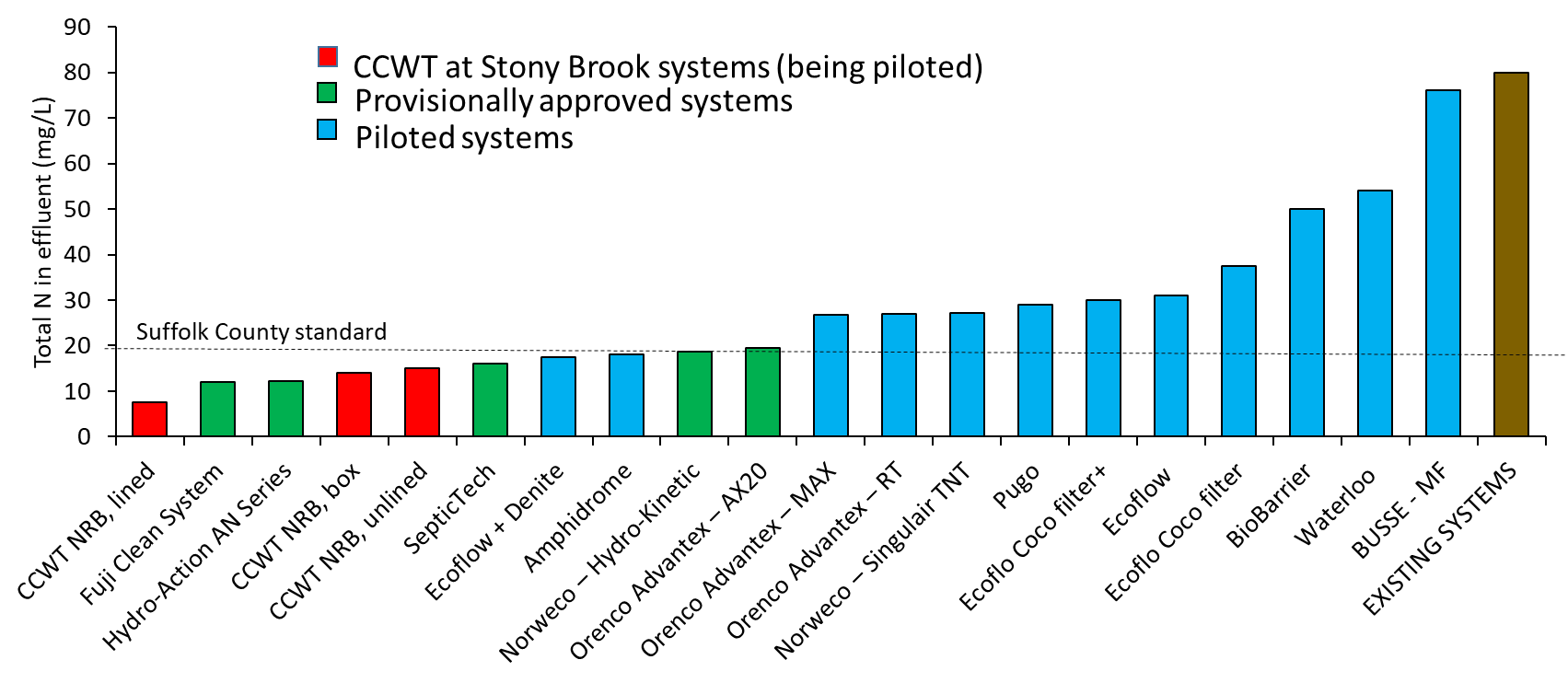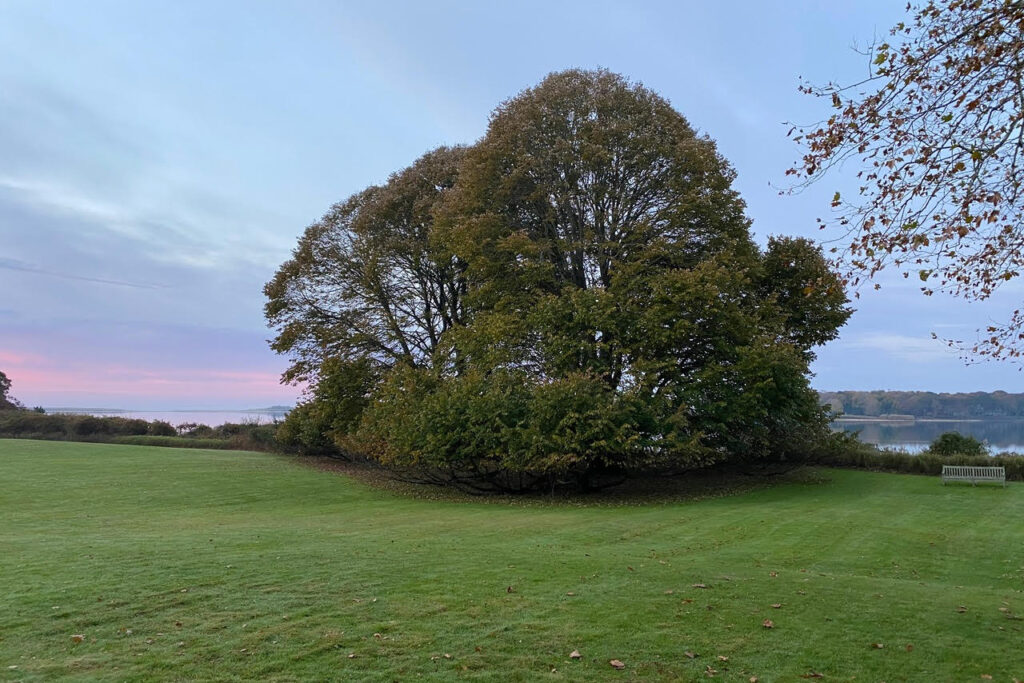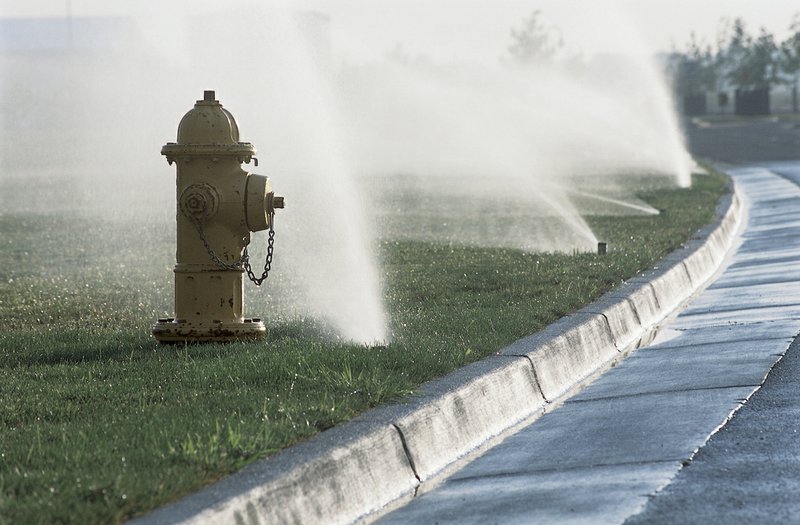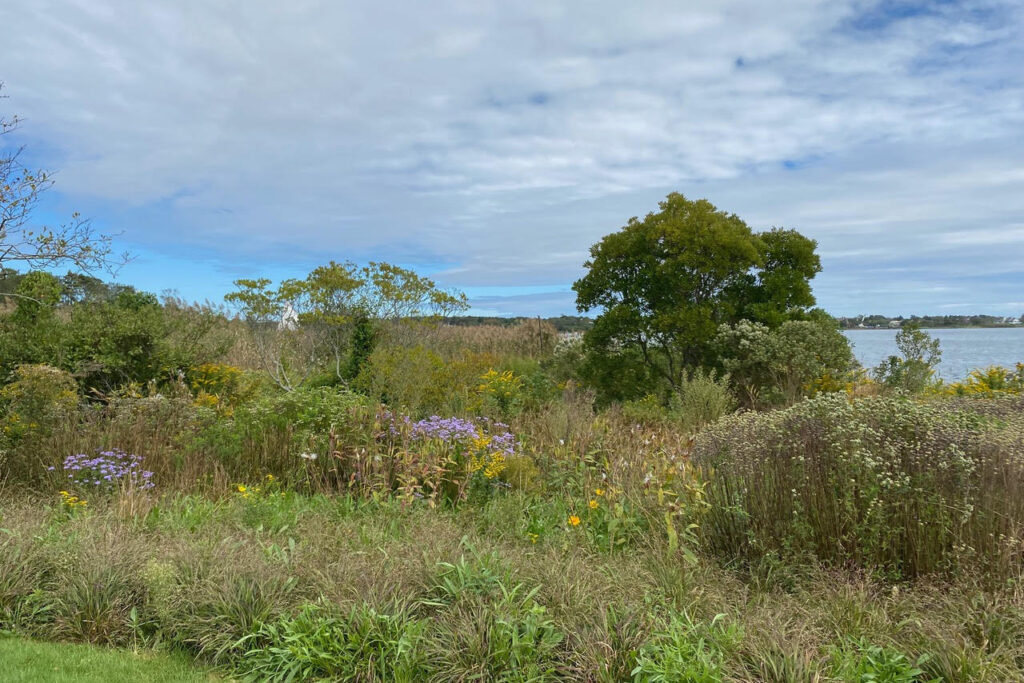There are a few straightforward things that property owners can do that will make a significant difference to the water quality of Georgica Pond. A healthy pond ensures healthy real estate values. Take steps now to do the following:
Install a Low Nitrogen (I/A) Innovative/Alternative septic system

Wastewater from conventional septic systems is the largest source of nitrogen to Georgica Pond. Conventional septic systems were not designed to remove nitrogen. Start planning for your new system now and you will significantly reduce the amount of nitrogen entering the pond. Our Watershed Manager can help you get started. To learn how, please visit this link.
Incentive funding is available from the Town of East Hampton, Suffolk County, and New York State. For more information, please visit the following website:
ehamptonny.gov/640/Clean-Water-East-Hampton-Program

Eliminate synthetic fertilizer from your landscape

Switch to organic, slow- release fertilizer and use only when needed. Fertilizer run off is the second largest contributor of nitrogen to Georgica Pond. Phosphorous, another element responsible for eutrophication of the pond, is also contained in fertilizer. Much of the soil surrounding Georgica Pond is very fertile and requires little or no fertilizer.
Reduce water use

Excessive irrigation accelerates run off of fertilizer into Georgica Pond. The EPA estimates that 50% of outdoor water use goes to waste from overwatering. Install a rain sensor or SMART irrigation controller so your irrigation system runs only when it’s needed. According to the Suffolk County Water Authority, 70% of our total annual water use is for lawn irrigation.
Plant a buffer

A buffer of native plants provides extra protection to Georgica Pond from stormwater runoff. Nutrients and water-clouding sediments can reach the pond more easily without a buffer to intercept them. Buffers provide several other benefits including:
- softening the transition from lawn to pond
- increasing diversity and the beauty of your landscape
- deterring overabundant Canada geese and non-native mute swans from accessing and defecating on your lawn.
Buffers can be designed so they don’t block your view of the pond and include a path to maintain access to the pond.
Never flush pharmaceuticals or chemicals down your drain
Chemicals and pharmaceuticals should always be disposed of properly. Take old, unneeded medicine to a medicine drop box. Nearby drop boxes can be found at: White’s Pharmacy in East Hampton and the East Hampton Police Department on Wainscott-Northwest Road in Wainscott.
Leftover hazardous chemicals including old paint, pesticides, antifreeze, should be kept in a safe place and brought to the next S.T.O.P. (Stop Throwing Out Pollutants) day held at the East Hampton Town landfill in East Hampton and Montauk. S.T.O.P. days are scheduled twice/year in June and November.
